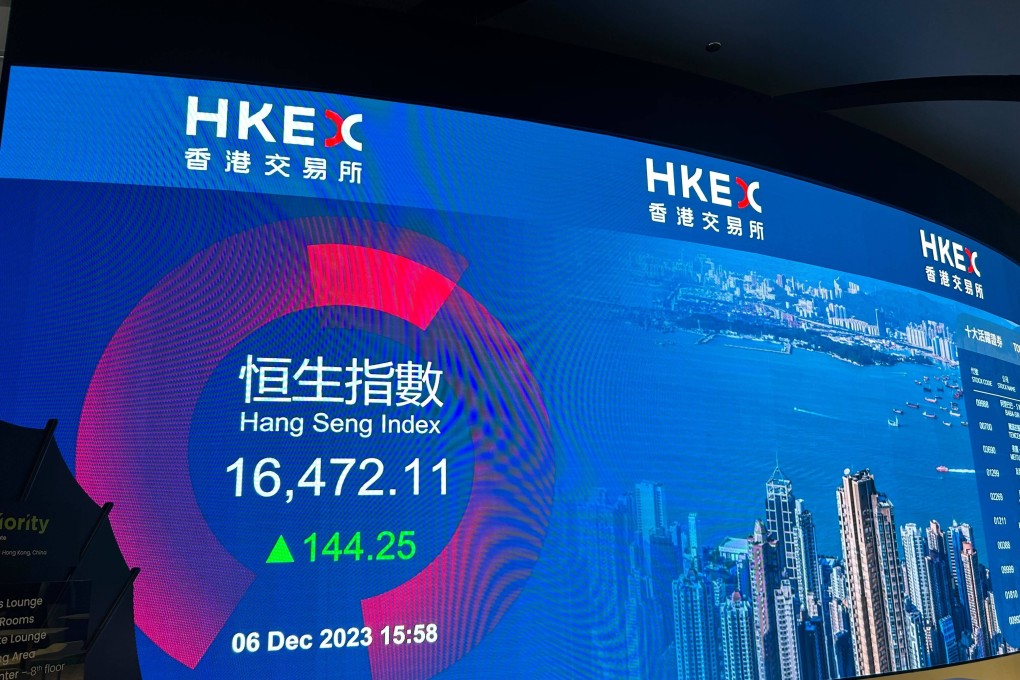Hong Kong’s IPO market to stabilise amid listing reforms and lower interest rates, PwC says
- Fundraising from new listings in Hong Kong is expected to cross US$12.8 billion this year
- Listing reforms will make it easier for specialist tech companies to connect with international investors

Hong Kong’s capital market will benefit from a drop in bearish factors, demand for corporate development financing, and return of capital from Europe, the US and the Middle East to Asia, which will increase market liquidity and improve valuations, the audit and consulting firm said on Tuesday.
In addition, the implementation of Chapter 18C listing regime will help connect specialist technology companies with international funds. The reform, which took effect last March, allows firms with at least HK$10 billion (US$1.28 billion) valuation to launch IPOs before registering any sales. The threshold is further reduced to HK$6 billion if such firms have at least HK$250 million in sales in the financial year before the IPO.
“We are optimistic about Hong Kong’s stock market this year,” said Benson Wong, entrepreneur group leader at PwC Hong Kong. “We expect three to five specialist technology companies will list in Hong Kong through Chapter 18C in 2024.”
PwC predicts 80 companies will list in Hong Kong this year, with fundraising set to exceed HK$100 billion. Last year, fundraising in the city fell 56 per cent, with 73 companies mopping up HK$46.3 billion.
The financial markets’ expectations of monetary easing by the Federal Reserve have been building up recently on signs of cooling inflation, which fell below 3 per cent in November, facilitating outflows to cheaper assets elsewhere globally. The inflows will only increase once the Fed starts cutting rates, with some analysts expecting the first reduction in March.